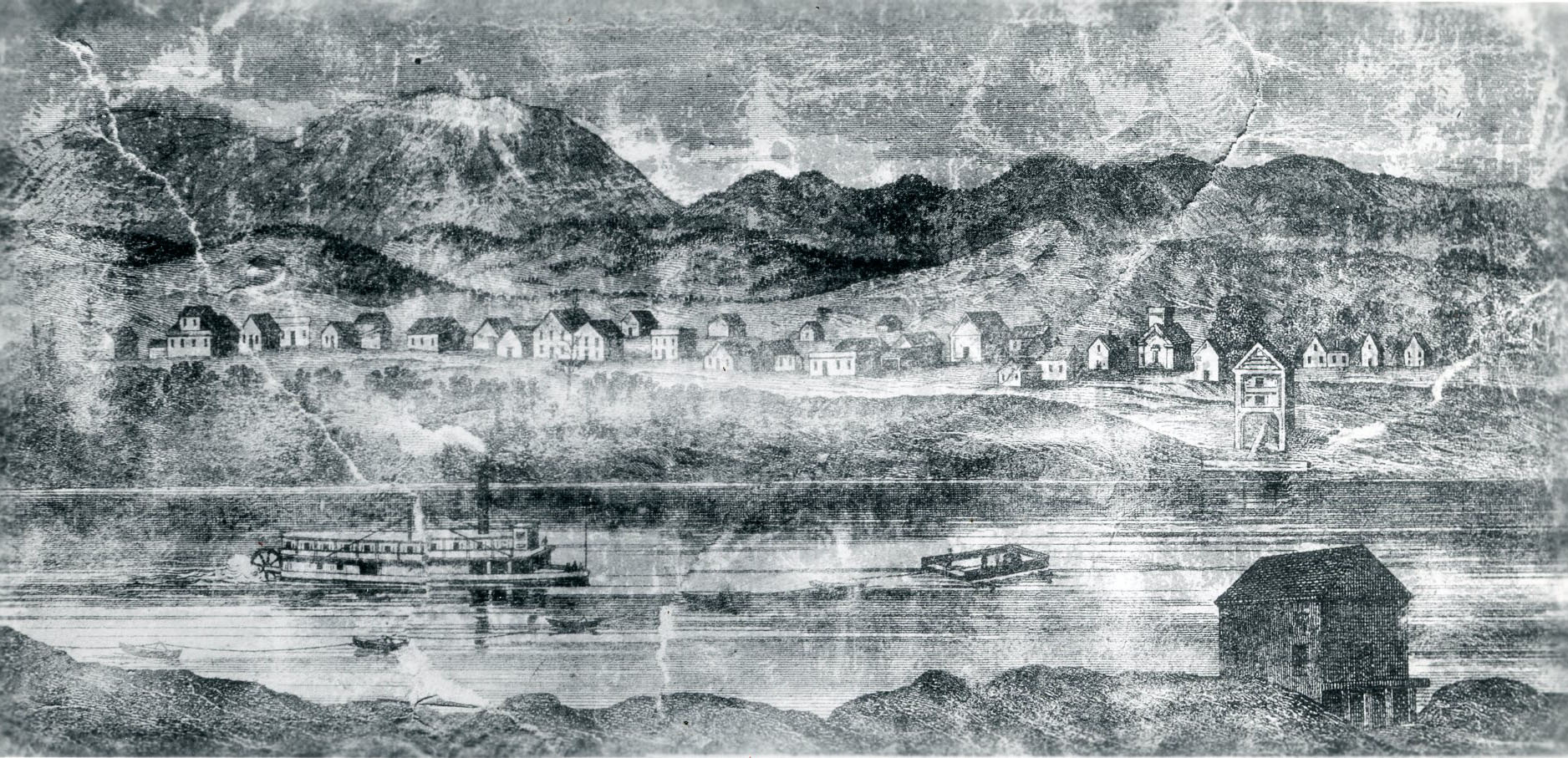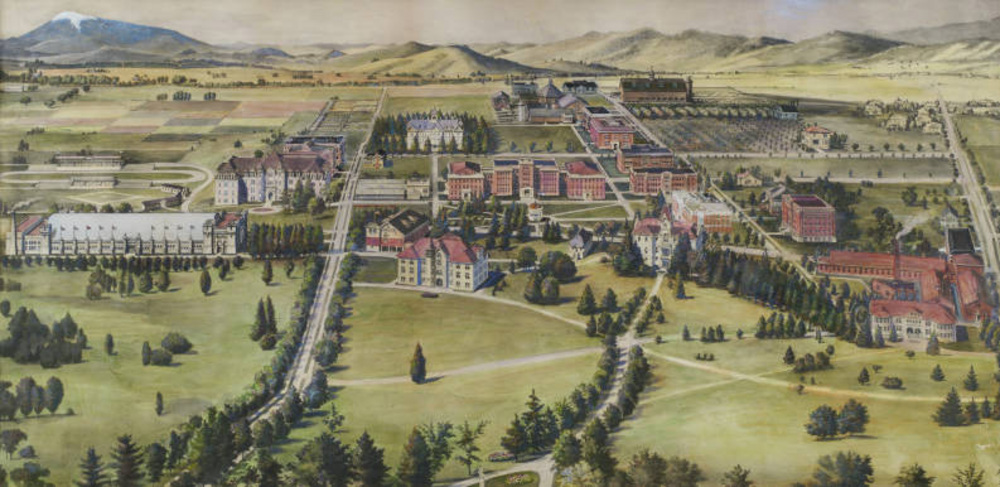Dominique Bachelet is a climate scientist and science communications specialist at Oregon State University and an accomplished watercolor artist. In her work as a quantitative ecologist, she uses computer models to study biological, chemical, and geologic responses to climate change. Her most recent research has focused on communicating objective information about climate science to the general public through interactive websites, video presentations, and art exhibitions. Bachelet was elected a Fellow of the American Association for the Advancement of Science in 2017.
Bachelet was born in northern France in July 1957. She received her early education at the Université des Sciences et Techniques, Lille I, France (now part of the University of Lille) and the Université de Paris XI, Centre d'Orsay. In 1979, she moved to the United States to study at Colorado State University, where she earned a Ph.D. in botany and plant pathology in 1983. After holding research positions at the University of California, Riverside and New Mexico State University, she accepted a position in 1988 at the Environmental Protection Agency’s Environmental Research Lab in Corvallis. Also that year, she joined the faculty of the Department of Bioresource Engineering (now the Department of Biological and Ecological Engineering) at Oregon State University. She was promoted to associate professor in 1998.
On leave from Oregon State, Bachelet was named director of climate change science for the Nature Conservancy, the global environmental nonprofit, at their office in Olympia, Washington, in 2007–2008. From 2009 to 2017, she was senior climate change scientist for the Conservation Biology Institute in Corvallis, a nonpartisan, science-based nonprofit that researches biological diversity and ecological sustainability. At CBI, Bachelet was instrumental in the development of Data Basin, a mapping and analysis program for environmental stewardship. She returned to OSU to teach in 2017.
Bachelet’s scientific research has focused on the use of dynamic global vegetation models (DGVMs), computer programs that simulate shifts in potential vegetation and associated biogeochemical and water cycles as a response to shifts in climate. Bachelet and other scientists use DGVMs to study climate change ecology in the Northwest and throughout the world, and she has explored including wildfire simulations to make DGVMS more useful. Bachelet also has studied how climate change affects human dietary habits and is working with her students to create a climate change cookbook as a way to convey climate change information to the public.
By developing a library of interactive computer programs, Bachelet is providing ways for both professionals and members of the public to examine climate change predictions. One of those programs, for example, provides seedlot information to forest managers so they can plant the kinds of trees that are best suited to a particular environment. Another program explores the geoclimatic stability of watersheds in the Pacific Northwest.
Bachelet is interested in using the arts to communicate the intersection of science and culture to the public. In the fall of 2021, she organized a collaborative art-science project entitled “What Will Nature Do?” at the Corvallis Arts Center. The works by Northwest artists, which include a watercolor by Bachelet, consider the ways nature will react to human-caused climate change, with the hope that it will persevere.
-
![]()
Dominique Bachelet.
Courtesy City of Corvallis Arts Center -
![]()
"Duck Parade at Thompson's Mills," by Dominque Bachelet, 2021.
Courtesy Oregon State University, LaSells Stewart Center -
![]()
Dominique Bachelet, 2017.
Courtesy Oregon State University -
![]()
Nature's Stage Climate Mapper project.
Courtesy Conservation Biology Institute, partnered with Oregon State University -
![]()
What Will Nature Do? art exhibit flyer.
Courtesy Corvallis Arts Center
Related Entries
-
![Climate Change in Oregon]()
Climate Change in Oregon
Within a few hundred miles in Oregon, you can see snowy volcanoes, parc…
-
![Corvallis]()
Corvallis
Nestled on the west side of the mid-Willamette River, Corvallis is domi…
-
![Jane Ann Lubchenco (1947–)]()
Jane Ann Lubchenco (1947–)
Jane Lubchenco is an internationally recognized environmental scientist…
-
![Oregon Climate Change Research Institute]()
Oregon Climate Change Research Institute
The Oregon Climate Change Research Institute was established in 2007 to…
-
![Oregon State University]()
Oregon State University
Oregon State University (OSU) traces its roots to 1856, when Corvallis …
Map This on the Oregon History WayFinder
The Oregon History Wayfinder is an interactive map that identifies significant places, people, and events in Oregon history.










